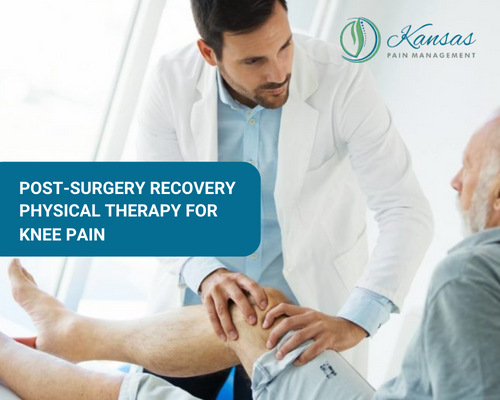Undergoing knee surgery is a significant step toward finding relief from chronic knee pain and restoring mobility. However, the journey to full recovery doesn’t end in the operating room. Post-surgery rehabilitation and physical therapy play crucial roles in optimizing outcomes, regaining strength and function, and minimizing the risk of complications. In this blog post, we will explore the importance of post-surgery recovery, the role of rehabilitation and physical therapy, and essential strategies for a successful recovery journey.
The Importance of Post-Surgery Recovery:
Post-surgery recovery is a critical phase that allows the body to heal, regain strength, and adapt to the changes made during the surgical procedure. It is a dynamic process that requires patience, commitment, and active participation from the patient. Proper rehabilitation and physical therapy can help prevent complications, reduce pain and swelling, restore range of motion, and rebuild muscle strength.
Rehabilitation and Physical Therapy Goals:
The primary goals of post-surgery rehabilitation and physical therapy for knee pain include:
– Promoting healing and reducing inflammation in the surgical area
– Restoring range of motion and flexibility in the knee joint
– Strengthening the muscles around the knee to provide stability and support
– Improving overall mobility and function
– Managing pain and reducing reliance on pain medication
– Enhancing balance and proprioception to prevent falls and re-injury
– Facilitating a safe return to daily activities, work, and sports
Customized Rehabilitation Programs:
Rehabilitation programs are tailored to individual needs and may vary depending on the type of knee surgery performed. The program typically includes a combination of the following components:
– Early Mobilization: Gradual and controlled movement of the knee joint begins shortly after surgery, aiming to prevent stiffness and promote circulation.
– Range of Motion Exercises: Gentle exercises are prescribed to gradually improve the knee’s range of motion. These exercises may include passive, active-assisted, and active movements.
– Strengthening Exercises: Progressive resistance exercises target the muscles surrounding the knee joint, including the quadriceps, hamstrings, and calf muscles. This helps restore strength and stability to the knee.
– Balance and Proprioception Training: Specific exercises and activities are introduced to enhance balance, coordination, and body awareness, reducing the risk of falls and improving joint control.
– Gait Training: Rehabilitation includes relearning proper walking patterns and restoring a normal gait to ensure efficient and pain-free movement.
– Pain Management Techniques: Various modalities, such as ice or heat therapy, electrical stimulation, and manual therapy techniques, may be utilized to manage pain and reduce inflammation.
– Patient Education: Patients receive guidance on wound care, activity modifications, and home exercise programs to continue their progress outside of formal therapy sessions.
Compliance and Active Participation:
Successful post-surgery recovery relies on patient compliance and active participation in the rehabilitation process. It is essential to attend therapy sessions regularly, follow the prescribed exercises and home program, and communicate openly with the healthcare team regarding any concerns or difficulties encountered during the recovery journey.
Gradual Return to Activities:
As the recovery progresses, the healthcare team will guide the patient in gradually returning to daily activities, work responsibilities, and sports or recreational pursuits. This step-by-step approach ensures a safe and successful transition, minimising the risk of re-injury or setbacks.
Patience and Persistence:
Post-surgery recovery is a journey that requires patience and persistence. Every individual heals at their own pace, and progress may vary. It is important to celebrate even small achievements and maintain a positive mindset throughout the recovery process.
Conclusion:
Post-surgery recovery and rehabilitation are vital components of achieving a successful outcome and regaining function and mobility following knee surgery. By actively participating in rehabilitation and physical therapy.

